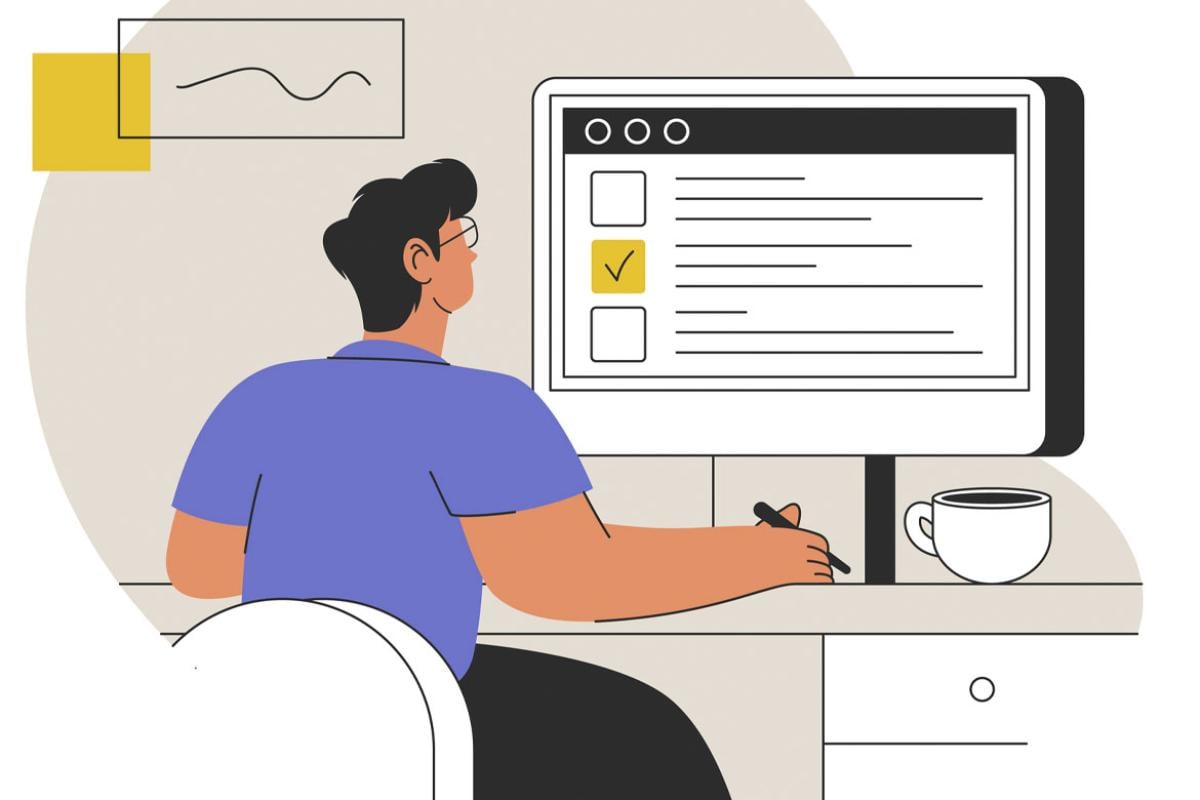Eighty percent of serious medical errors involve miscommunication during patient handoffs, which occur at hospitals at all hours of the day and night and for a variety of reasons, from shift to shift or from one department to another.
The AMA has an online module for medical residents and physicians with handoff best practices and other advice to help prevent those errors so patients continue to receive quality care.
“Patient Handoffs” is just one of the AMA GME Competency Education Program offerings, which include more than 50 courses that residents can access online on their own schedules through their residency program’s subscription. The program also features six faculty development courses.
It is part of the “Foundations of Quality Improvement and Patient Safety” curriculum, which includes 10 self-paced “microlessons” on quality and safety, features a longitudinal case study, has health equity woven throughout each course, and can be completed in less than three hours to earn a certificate.
The AMA GME Competency Education Program delivers education to help institutions more easily meet Accreditation Council for Graduate Medical Education common program requirements. Modules cover five of the six topics—patient care, practice-based learning and improvement, interpersonal and communication skills, professionalism, and system-based practice—within the core competency requirements. The sixth requirement, medical knowledge, is one that is typically addressed during clinical education.
Among the program’s experts are several who contributed to the AMA’s Health Systems Science textbook, which draws insights from faculty at medical schools that are part of the Association’s ChangeMedEd initiative.
Current program subscribers have access to award-winning online education designed for residents on the go. It’s easy to use and saves time with simple tracking and reporting tools for administrators. Learn more.
How to avoid communication missteps
The main reason for communication miscues is that, too often, time cannot always be set aside for structured, in-depth handoffs. Instead, the workflow and situation end up determining how long physicians and medical residents have for a handoff.
When that happens, information is not properly relayed, there is uncertainty about the transfer of responsibility, or there can end up being incorrect patient prioritization.
Consistency is the best way to prevent miscommunication, and the ISBARQ protocol is an attempt to help create that consistency, no matter how much time there is for a handoff.
ISBARQ stands for:
- Introduction.
- Situation.
- Background.
- Assessment.
- Recommendation.
- Questions.
Implementing the ISBARQ protocol should improve communications between team members and ensure patient care does not suffer during any handoff exchange.
Dive deeper:
- New AMA resource helps overstretched GME program directors
- Giving resident physicians the tools to live well, ID burnout
- Building lesson plans to make medical residents better teachers
Easy to track progress
Residency program directors have access to dashboards and reports that provide a view of progress at the program and institution levels. In addition, customizable reports make it easy to track learner performance and demonstrate compliance for accreditation.
The AMA GME Competency Education Program covers topics such as well-being, quality improvement and patient safety, residents as teachers, navigating health systems, health equity, professionalism and faculty development. Schedule a meeting to discuss your organization’s needs.



